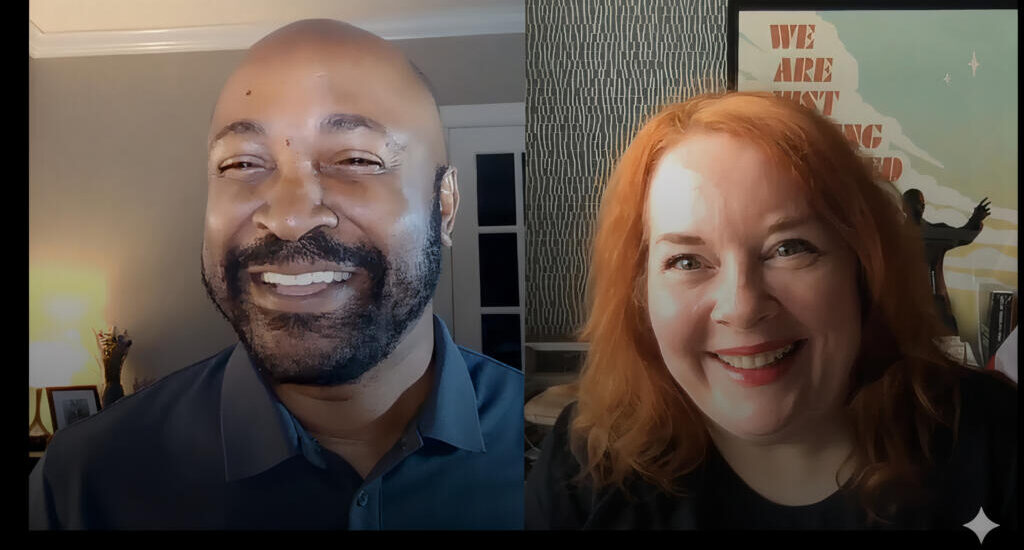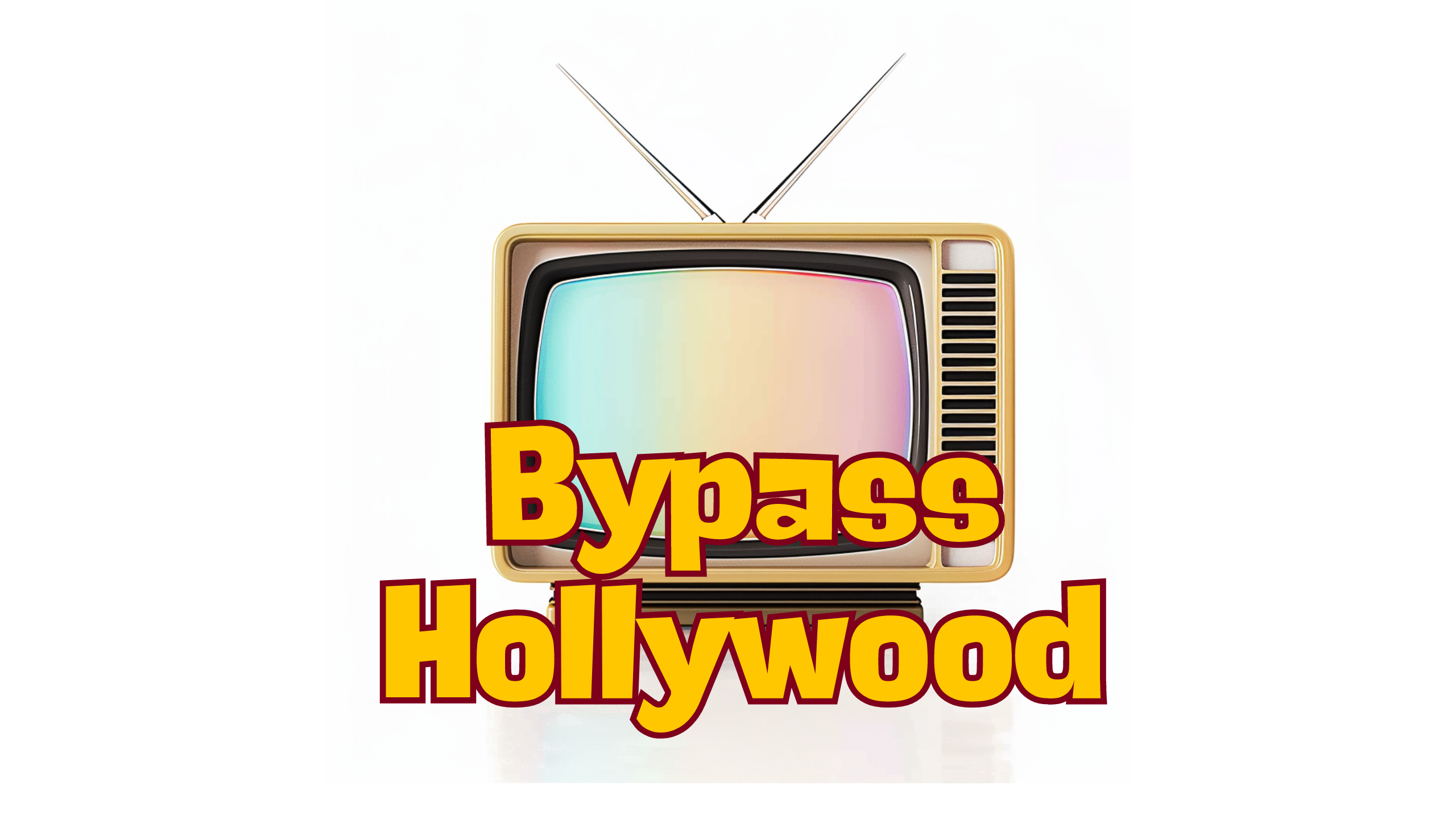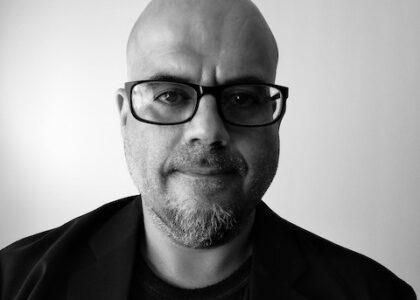


I first discovered Sarah Hurley through her candid, no-fluff approach to building sustainable creative businesses. I first interviewed her some months back and absolutely loved her approach, turning her last $50 into a million dollar empire. While others dish out recycled mantras about “following your passion,” Hurley dishes out hard-earned, field-tested advice. She’s lived every part of the creator journey—from children’s book illustrator to multi-million-dollar brand entrepreneur—and today, she helps fellow creatives turn their ideas into lasting income.
In this conversation, Hurley dives deep into the world of scripted IP—romance authors, fantasy animators, sci-fi filmmakers, and more. From building “brand universes” that fans actually care about, to selling candles, coloring books, or collector’s pins with zero startup cash, she walks us step-by-step through the process of validating ideas, converting fans into buyers, and knowing when it’s time to pivot.
Here’s our conversation.
You’ve spoken about “egocentric metrics”—creators chasing followers instead of building something meaningful. What’s the danger in that?
Hurley: We see it a lot. As creators, we naturally want validation—we want someone to see our work and say, “That’s amazing.” And there’s nothing wrong with that. But when you commercialize what you do, you need more than validation.
People are chasing follower counts, hacking algorithms, even buying followers—which is the worst thing you can do. It’s the emperor’s new clothes. It looks good, but there’s no substance behind it. I find it really sad because people are spending their time and money on the wrong things.
A hundred truly engaged followers are more valuable than a hundred thousand passive ones. I’ve seen creators hesitate to block trolls because they don’t want their follower count to drop. But if you’re serious about turning your creativity into income, you have to focus on building something that’s commercially viable—not just popular.
For those working in scripted IP—novelists, animators, filmmakers—how can they practically generate revenue from the worlds they’re building?
Hurley: I started out as a children’s book illustrator, and I remember talking about this over a decade ago. People thought I was wasting my time. I was building a brand universe before that term even existed. Back then, “branding” meant a logo, a font, maybe a color palette on an 8.5 x 11 sheet. But I knew it was more than that—it’s about how something makes you feel.
Why do we care that Doris walked into the haunted house? What’s her motivation? Why does this romance matter? To get people to care—to buy the t-shirt, the coloring book, to spend two hours watching your film—they need to feel something. You have to build the world around your story. It’s not enough to just have a character. Make us care.
How does a creator know if their universe is commercially viable? What can they sell?
Hurley: You have to put it out there. That’s the only way. And yes, it’s scary. You’ll get criticism. You might get copied. But no one will ever do it exactly like you.
The first few times you share, no one may care. But you’ll start to seep into people’s consciousness. Someone once called me “the mosquito” because I just kept showing up. That resilience is everything.
Observe. Learn. Don’t get defensive. If five out of five people don’t care, maybe it needs refining. If three out of five do, figure out what they’re responding to. Let go of your emotional attachment long enough to see clearly.
As for products, it depends on your audience. Take that cozy BookTok hit The Pumpkin Spice Café. They released a coloring book for fall—brilliant. That audience wants to snuggle with a blanket and color. If I were betting, I’d say candles are next.
For horror, maybe it’s enamel pins or edgy t-shirts. For fantasy or sci-fi, think collectibles, stickers, postcards, 3D printed figurines, limited edition posters. Not everyone wants a candle. Know your audience and speak directly to them.
So once I find that audience—how do I know they’ll actually buy something, not just lurk or “like” a post?
Hurley: This is where you shift from selling a product to building a world. I could say, “Here’s my book, it’s a great romance.” Or I could say: “How do you fancy a cozy Friday night under a blanket, coffee in hand, candles flickering, and this juicy new novel in your lap?”
Now I’ve sold you a vibe, not just a book. You don’t just want to read—you want to live in that world. So you buy the blanket, the candle… because you want the feeling that story gives you.
For creators in genres like sci-fi or fantasy—what are low-cost, high-impact product ideas can they offer with zero startup money?
Hurley: First, ask your audience. Use polls on Instagram Stories: sticker or poster? Mug or tumbler? Do this several times, different times of day, to get real data. Then, you can offer digital downloads—printable posters, sticker sheets, postcards. Then move into print-on-demand for mugs or shirts.
You can even co-create with a local gift shop or student maker—one does the design, one does the production, split the profits. My first manufacturing partner was a university student with a cutting machine who needed cash and had spare hours.
You don’t need big money. You need resourcefulness.
How do you know when to keep going with an idea—or when it’s time to move on?
Hurley: A friend once told me her marriage counselor said: “You need to be able to look in the mirror and say, I tried everything before I gave up.” I apply that everywhere.
If you’ve shown your idea to everyone, promoted it everywhere, refined it—and it’s still not landing—maybe it’s time to shelve it. Not burn it. Just set it aside. You can come back to it.
Be open to feedback, especially from experts. If three agents say your book needs structural work, they’re probably right. You’re not failing by changing course. You’re growing.
And never be afraid to spin your story. If something’s not working and you evolve it, you don’t have to say “I failed.” You say, “Based on your feedback, I upgraded this.” It’s all in the framing.
If you lost it all today—your money, your reputation—and had to start over from scratch, how would you rebuild?
Hurley: First, I’d address the scandal—I mean, I’m very boring, so I’d be curious what it was!
Then I’d start from zero. Create a character. Map a story. Post episodic content on Instagram or TikTok—one post, one short video at a time. Everything’s at our fingertips now. You don’t need a record deal or TV contract to begin.
And remember—when you have nothing to lose, it’s the most powerful moment. No shame. No legacy. You can knock on every door with confidence.
Don’t beg. Pitch like: “I’ve built this, it got a million views. Now I’m building something even bigger. Let’s talk.”
That’s what I’d do.
Where can people find you and learn more about the Sarah Hurley Academy?
Hurley: Go to SarahHurleyAcademy.com. You can subscribe, contact me, or join the Facebook group. I’m also on Instagram and TikTok at @sarahhurleyacademy. Google me—I’m there.




